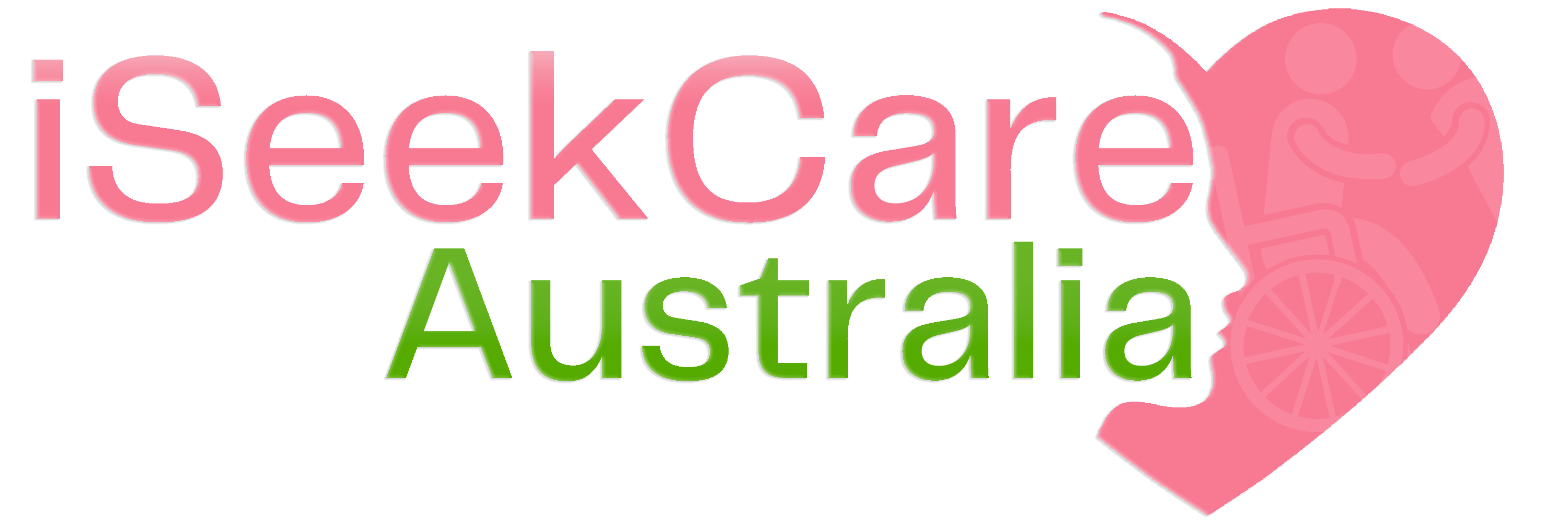Navigating Accessibility Challenges: Overcoming Barriers in the Disability Field in Australia
Disability is not inability, and everyone has the right to live a life equal to their counterparts. Australia is a country that has made significant strides towards empowering people with disabilities. However, challenges in the disability field have made it difficult to meet all the needs of this unique and growing population. The good news is that strategies are in place to help individuals and businesses navigate accessibility challenges. These strategies include the provision of services and the enactment of legislation that equips people with disabilities to overcome the barriers they encounter daily.

1. Legal Framework (Barriers):
One of the crucial strategies to navigate accessibility challenges for people with disabilities in Australia involves the strong legal framework. In 1992, Australia signed the Disability Discrimination Act (DDA), which makes it illegal to discriminate against someone due to their disability. The Act applies to different areas of life, including employment, education, and public services and facilities. The DDA requires people and businesses to provide reasonable adjustments that ensure equal access and participation by people with disabilities.
2. Accessible Infrastructure (Barriers):
Accessible infrastructure is another important strategy in the disability field in Australia. The government has taken steps to ensure that essential public facilities and services are accessible to disabled people. Architectural barriers, such as steps, narrow doorways, and the absence of handrails, make it difficult for disabled people to access public facilities like bus stops, cinemas, and public restrooms. Simple changes such as installing a ramp, providing wheelchair-friendly restrooms, and ensuring that walkways have tactile surfaces make a significant difference in the lives of disabled people.
3. Provision of services:
Provision of services is another way that helps disabled people navigate accessibility challenges in Australia. Disability-related services include disability support pensions, mobility allowances, NDIS packages, and mental health services. These services offer financial and emotional support to people with disabilities, enabling them to lead fulfilling lives. In addition, there are disability support organizations that empower individuals with disabilities to develop their social and vocational skills, making them self-reliant and contributing members of society.
4. Inclusive Employment (Barriers):
Inclusive employment is another important strategy in the disability field in Australia. Efforts have been made to reduce the unemployment rate among people with disabilities by creating inclusive workplaces. Businesses are encouraged to hire people with disabilities and provide reasonable adjustments such as job redesign, flexible working arrangements, and assistive technologies. Hiring people with disabilities not only promotes inclusivity but also benefits businesses in terms of diversity, improved staff morale, and increased productivity.
5. Awareness:
Lastly, raising awareness is a crucial strategy in navigating accessibility challenges for people with disabilities in Australia. Educating individuals and businesses about the needs of disabled people helps challenge negative stereotypes and breaks down stigmas. It fosters a positive attitude towards disability and promotes inclusivity. Awareness can be raised through various channels such as campaigns, training programs, and online resources.
Conclusion :
In conclusion, navigating accessibility challenges and overcoming barriers has become a priority in the disability field in Australia. The strategies mentioned above are helpful in removing the obstacles that disabled people face daily. Having a strong legal framework, accessible infrastructure, provision of services, inclusive employment, and raising awareness contribute to a more inclusive society where everyone has equal rights and opportunities. However, everyone has a role to play in ensuring that disability rights are respected. And we must continue to work together to make Australia a better place for everyone, including people with disabilities.



